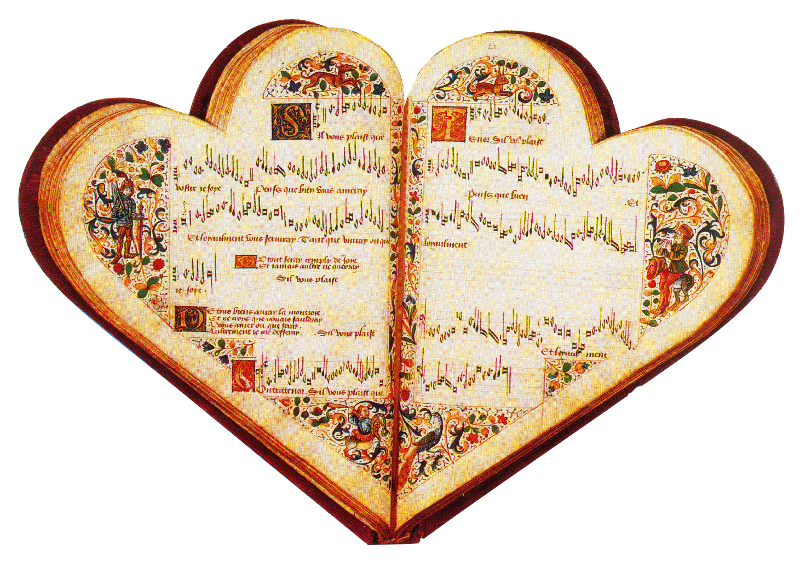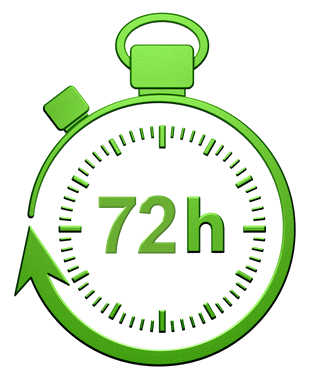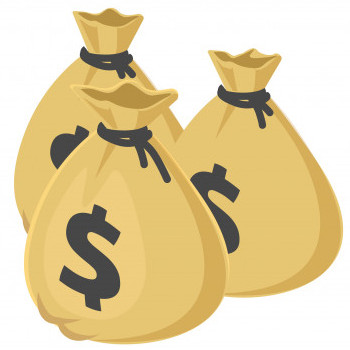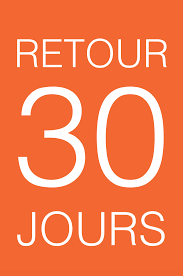Classique
Description :
Chaconne (2016), for string quartet, was commissioned by the Daedalus Quartet to celebrate its 15th anniversary. The commission was supported by New Music USA, made possible by annual program support and/or endowment gifts from Pennsylvania Council on the Arts, Helen F. Whitaker Fund, and Aaron Copland Fund for Music.
My music has a substantial history with Daedalus. I composed the Third String Quartet (2008) for them, and subsequently they performed my three string quartets on several occasions and recorded them brilliantly on Bridge Records (Bridge 9352: Music of Fred Lerdahl, vol. 3). Chaconne is in one movement lasting 19 minutes. It is effectively my fourth string quartet. Quartets 1-3 form a unified cycle lasting 70 minutes. When I finished the cycle, I thought I would never write again for the medium; yet I could not resist the opportunity of working again with Daedalus. The issue was how to compose another string quartet unrelated to the earlier cycle. The solution came from my solo cello piece There and Back Again (2010), which was based on a four-bar variation pattern from a 17th-century chaconne. Unlike the asymmetrical phrases and expanding variations of much of my music, the chaconne form requires symmetrical phrases and strictly periodic variations. I wished to work again with these symmetries but on a larger scale. Chaconne also differs in character and expression from the three-quartet cycle. The cycle is inward and intense, a kind of psychological excavation. Chaconne is, for the most part, transparent and playful. Many of its textures emerge from little canons, not completely unlike the rounds that children sing. Any composer who writes in chaconne form (one thinks above all of the last movement of Bach’s D minor violin partita and the finale of Brahms’s Fourth Symphony) is confronted with the challenge of how to create a larger form out of a constantly repeating pattern.
My Chaconne grows from paired antecedent-consequent phrases, each variation lasting eight bars. The 50 variations group into three large rotations, forming three arcs of tension and relaxation, with subtle parallel connections across the rotations. Notwithstanding my attraction to chaconne form, I purposefully disguised its symmetries and periodicities in order to build an overall dramatic shape. Fred Lerdahl



 Gagnez un bon d'achat dès 50€
Gagnez un bon d'achat dès 50€
 30 jours pour changer d'avis
30 jours pour changer d'avis





